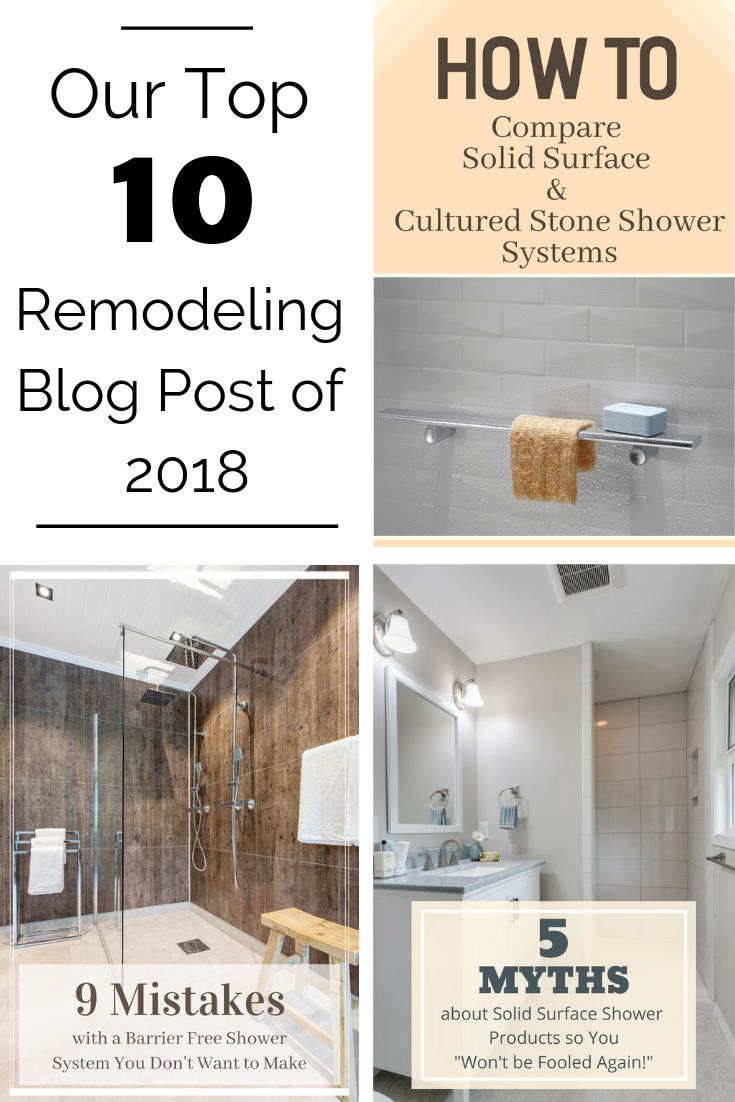
It is important to ensure that the kitchen has the right temperature and humidity for floating floors. This is difficult if the flooring has been placed on concrete. Protect the area with a plastic sheet before you install the floating floor. Once that is done, lay the planks. If the floor is near a wall, leave a space between the wall and the floor to avoid dilation. Cover it with baseboards if the space is too small.
Before installing the floating floor, make sure that the cabinets are installed. Attach the cabinets not to the floatingfloor. Instead, you can anchor them to the subfloor. Anchor bolts should be larger than the plywood or any other material. This will prevent the floating floor from shifting, and will allow you to move furniture around easily. The weight of the cabinets will prevent the floor from flexing while the floor is being installed.

After the flooring has been installed, it is time to replace the old flooring. Installing a kitchen floating floor can be done over the existing flooring without any hassle. This installation is easy because you don't have to take out the existing flooring in order to install the new. Engineered wood flooring is an excellent choice because it does not require glue or nails for installation. This eliminates the risk of damaging the subfloor.
The old flooring should be removed before you can install the new flooring. Clean and level the subfloor. Then lay the vapor barrier. When you're finished, install the laminate. You should ensure that the door jambs are properly fitted. Also, trim the laminate to match the door's height. After the laminate has been installed, trim can be used. This will protect your new floor from scratches or other damage. If installation is difficult, you can hire professionals to do the job.
Installing a kitchen floating flooring requires that the substrate be flat and dry. You can check the floor for moisture using duct tape or plastic sheeting. To prevent moisture from seeping in, use duct tap and beading to cover the gaps. For protection of the flooring you can use a piece from wood if gaps are visible between the floor and wall.

Make sure the subfloor is flat and securely fixed before you install the kitchen floating floor. Any uneven areas could cause problems with the thin flooring. Then, you should install the underlayment. It is a thin layer of dense foam that absorbs any flexing of the surface flooring. The subfloor will smoothen the floor and prevent it from sliding. The subfloor must be level and free of defects.
FAQ
Can I rent a dumpster?
A dumpster can be rented to dispose of your debris after you have completed your home renovation. Renting a dumpster to dispose of your trash is a great option.
Are you better off doing floors or walls?
It is the best way to begin any project. It is crucial to plan how you'll use the space, what people will use it for, and why. This will help decide if you want flooring or wallcoverings.
You can choose to put flooring in the first place if you decide to open up your kitchen/living space. If you have chosen to make this room private then you could opt for wall coverings instead.
What Does it Cost to Renovate Your House?
The type of material, the project size and the complexity of renovations will all impact the cost. Some materials like wood need additional tools, like saws or drills, while others like steel don't. The price for renovations will also vary depending on whether you would like your contractor to do all of the work for you or if it is something you prefer.
The average home improvement project cost is between $1,000 and $10,000. The cost to hire professionals would be anywhere from $5,000 to $25,000. On the other hand, if you decide to do the entire task yourself then the total cost could reach up to $100,000.
There are many factors that influence the final cost of renovations. You should consider the material used, such as brick vs concrete. Brick vs. concrete, the project's size, the number and duration of workers, etc. These are important considerations to remember when estimating total renovation cost.
What should I consider when buying a new home?
Before purchasing a new home, make sure that you have enough money saved up to cover closing costs. If you don't have enough cash on hand, then you might want to think about refinancing your mortgage.
Statistics
- A final payment of, say, 5% to 10% will be due when the space is livable and usable (your contract probably will say "substantial completion"). (kiplinger.com)
- Most lenders will lend you up to 75% or 80% of the appraised value of your home, but some will go higher. (kiplinger.com)
- The average fixed rate for a home-equity loan was recently 5.27%, and the average variable rate for a HELOC was 5.49%, according to Bankrate.com. (kiplinger.com)
- On jumbo loans of more than $636,150, you'll be able to borrow up to 80% of the home's completed value. (kiplinger.com)
- According to the National Association of the Remodeling Industry's 2019 remodeling impact report , realtors estimate that homeowners can recover 59% of the cost of a complete kitchen renovation if they sell their home. (bhg.com)
External Links
How To
5 Things You MUST Know Before Starting Your Home Renovation
-
Do you really want to do this? It's likely that you will need assistance if you plan to tackle a large home improvement project, such as remodeling your kitchen or bathroom or building a new home. However, if you feel unsure about your ability to complete such a big task by yourself, you might consider hiring someone to help you. It can take up your time and cost you money. You won't reap the benefits. Instead, hire someone who has experience in this field to assist you. You'll be able to save a lot of time and stress while still having a lovely space to call your own.
-
How much should you spend? This one may seem obvious, however spending too much on renovation projects could make matters worse. You'll likely have to repay most of your costs at the end. Stick to your budget if you have one! Otherwise, you could end up paying a fortune without getting anything in return.
-
Do I hire professionals or do I need to DIY? - There is no right or incorrect answer. However, we recommend hiring professional tradespeople when you can afford them. They'll give you the best advice possible on how to proceed with your particular project. For example, they'll be able install the plumbing correctly, ensure that everything is done safely, and provide you with a warranty when they finish their work. DIY projects can be frustrating because they require a lot more trial and error. This means that you will have to learn many lessons from the experience. There will be many problems along the way.
-
Can I afford it? - Don’t underestimate the cost associated with a home renovation. Even if your budget is tight, you may need to borrow money to cover costs. If you are planning on selling your existing property soon after finishing the renovations, it is important to include the cost of selling it in your calculations.
-
Which place should I start? There is no right or wrong place to begin when it comes to starting. We recommend that you pick something that you are passionate about. This will help you stay motivated and make it less likely that you procrastinate. Also, try to avoid places that require a lot of maintenance. If you have to deal with dirt and dust, don't try to redecorate the living room.